Retro Review: The Buick Wildcat
The Buick Wildcat has gone from inspiration to production and back as the brand’s halo nameplate.
The Buick Wildcat: From Concept Vehicle to Sport Coupe
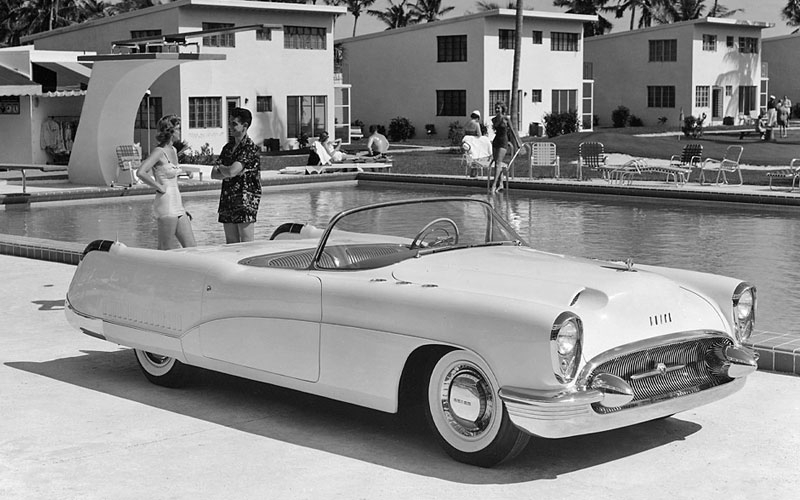
1953 Buick Wildcat – fun facts on youtube.com | Shop Buick Wildcat on Carsforsale.com
Younger generations might not remember it but Buick once built fast, featureful, and somewhat fearless cars. The Wildcat was one of the first nameplates used in such endeavors. It went from being a badge used specifically for design studies and concept cars to a full-fledged production vehicle itself. Today, the production lineup might have been discontinued but the name itself is still very important to Buick. Here’s a deeper look at what makes the Buick Wildcat so special.
Birth Of A Beast: The First Wildcat Concept
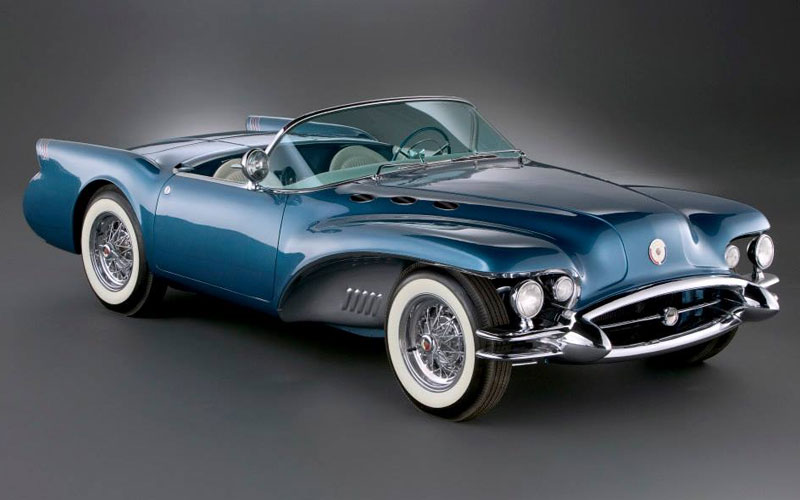
Buick used to be a much bolder company than it tends to be these days. Back in the mid-1950s, it debuted three concept cars that are still lauded today. Beginning in 1953 at General Motors Motorama traveling show, it debuted the Wildcat concept car. The sleek two-door roadster was flashy, and innovative, and featured a V8 engine under the hood.
A hydraulic top stowed under the rear panel of the car and when in use it mated up perfectly with a steeply raked wraparound windshield. Buick’s trademark Ventiports appeared atop each front fender and at each corner of the car, Roto-Static hubcaps remained in place while the car moved to provide a futuristic look.
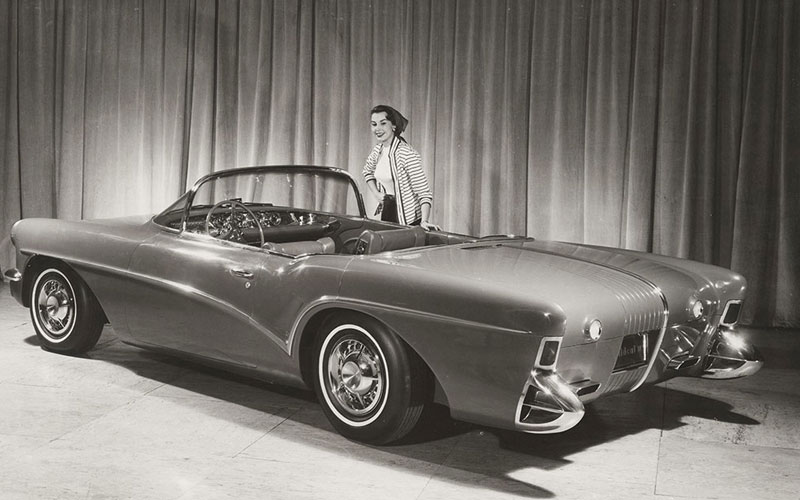
In truth, Buick never intended to build this Wildcat but it did utilize it to hint at styling details that would come in the near future. The brand wasn’t done with the name though. The very next year it debuted the Wildcat II concept but this time it was a huge departure from the rest of the lineup. Again, it debuted at Motorama, but this time it utilized a chassis from the Harley Earl-designed Corvette and sported a clamshell hood and ‘floating’ headlights. ‘Flying wing’ fenders make the car look truly out-of-this-world for something from the 1950s.
A year later, Buick departed wildly from that formula to build the Wildcat III concept. Unlike the previous two cars, this one was a four-seater and as such, was longer. At the same time, it remained sleek and sporty with bright red paint, a sloping belt line, and a sweeping chrome side spear. A brake cooling vent sat just ahead of each rear wheel well. Of the three Wildcat concept cars, this is the only one that has been lost to history. Thankfully, it wasn’t the last time that Buick would use the name.
A Predator People Could Buy: The First Production Wildcat
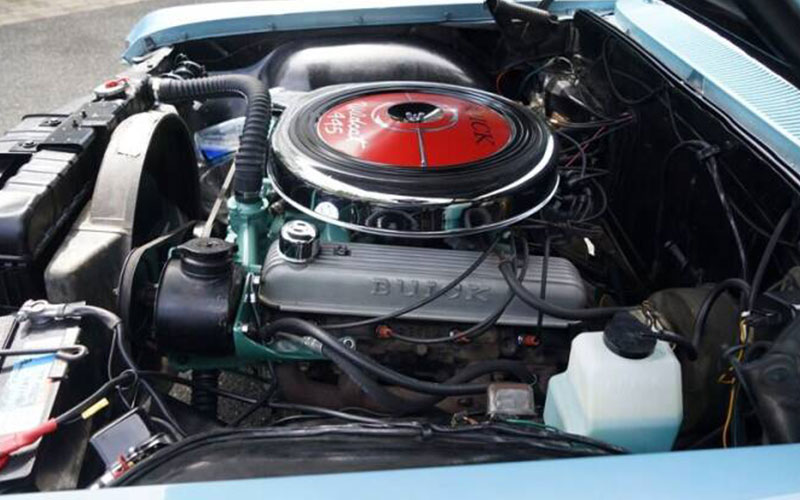
Some seven years after the debut of the Wildcat III, Buick brought the name back as a subseries for its Invicta full-size car. That was a common practice at the time as Ford did something similar with its Galaxie. Buyers who selected the Invicta Wildcat would get a two-door hardtop Invicta with a 6.6-liter Nailhead V8 under the hood.
Dubbed the Wildcat 445, it developed 325 horsepower and 445 pound-feet of torque. Additionally, Buick equipped these cars with a Dynaflow transmission, unique exterior trim, a vinyl-covered roof, and headlights that closely mimicked those of the Electra 225. At each C-pillar, a Wildcat emblem was placed.
The next year, Buick would spin off the Wildcat as its very own model, the first generation Wildcat. As such it would grow from a single two-door hardtop model to add a four-door version. Both could be had with a convertible soft top as well. Buyers who went for the four-door would get a bench seat up front but could add the bucket seats, which were standard on the two-door, back as an option.
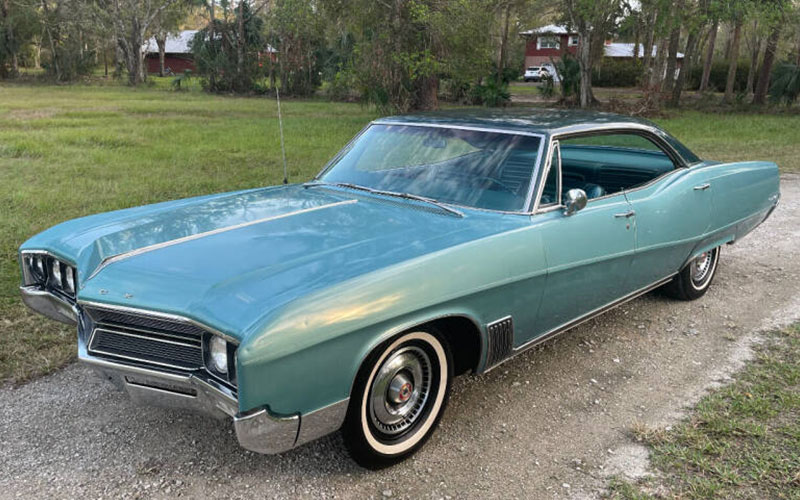
Buick kept the 6.6-liter V8 as the base powertrain but also offered a 7.0-liter V8. When equipped with that big engine the Wildcat developed at least 340 horsepower and could make as much as 360 when paired with dual four-barrel carburetors. Cars with that high-performance specification are often called ‘Super Wildcats”.
The first-gen Buick Wildcat was only offered for sale in 1963 and 1964. During that time it saw a sales spike from just 35,725 units in the first year to 84,245 during the second year. As was the way during that era, Buick wasn’t content to leave the car alone so it introduced an all-new generation in 1965.
Second-generation Wildcat production spanned from 1965 until 1970. It would be physically longer than the first-gen car but it also received more powerful engines and better safety equipment too. With sales slumping, it was replaced by the Centurion in 1971. It wouldn’t be the last time that the Wildcat name popped up though.
The Impact of The Buick Wildcat
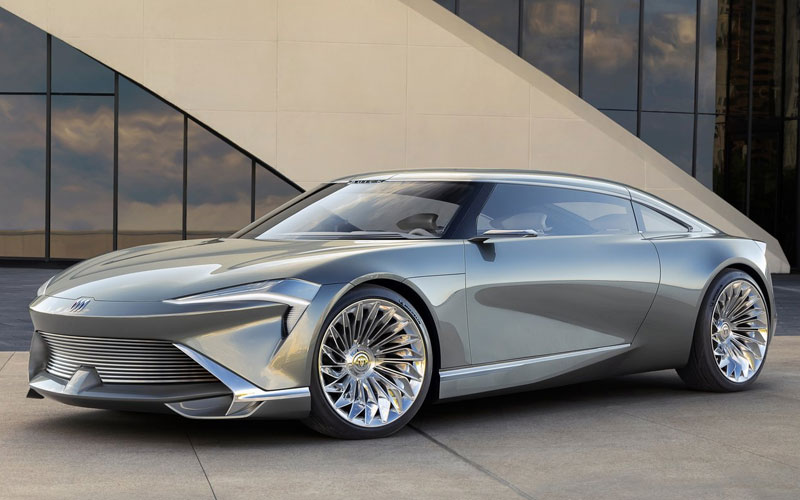
2022 Buick Wildcat EV Concept – netcarshow.com | Shop Buick Wildcat on Carsforsale.com
Today, Wildcat is the name of Buick’s most ambitious projects. In 1985, the brand used it as the touchstone of an absolutely batty mid-engine all-wheel-drive sports car. Behind the transparent passenger compartment sat an exposed V6 engine. The body was made from carbon-fiber composite and the interior featured jet fighter-inspired touches everywhere. Buick was literally decades ahead of where the supercar segment would end up.
In June of 2022, it released the latest Wildcat concept car. This time, it’s powered by electricity only and sadly, much like the original concept cars, it’s a design study only. We say sadly because it’s gorgeous. Thankfully, Buick says that it signals the brand’s future styling direction. Bring on the bold Buicks again we say.


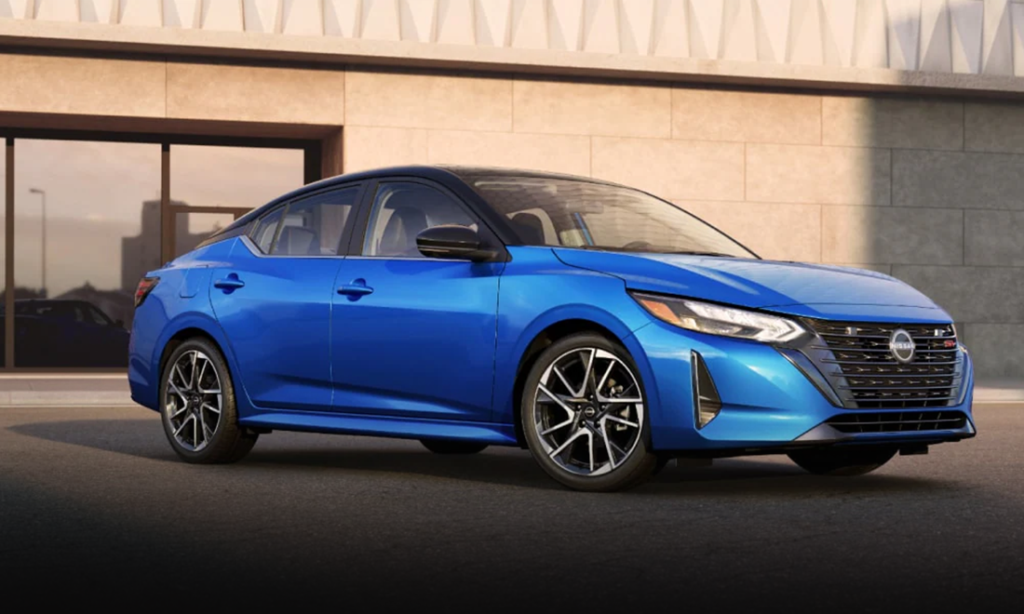
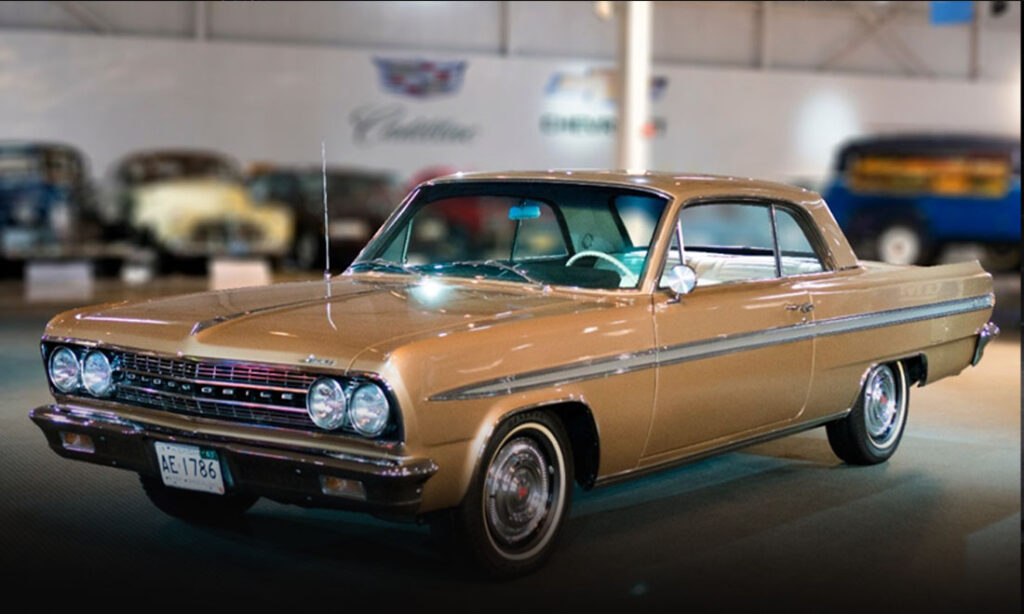

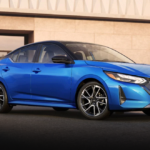

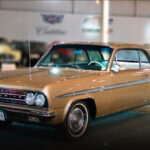

Got 400,000 miles on my 67 Convertible, People are always wanting to buy it,. They don’t offer enough. but then it’s a survivor car, and I want three times what Hemmings says it’s worth, if it were cherry. That’s on a day I’m mad at, My Grandson a navy seal says it’s his when I pass, and If some else has it, they will be joining me.